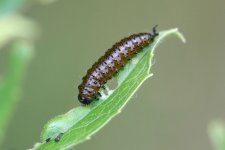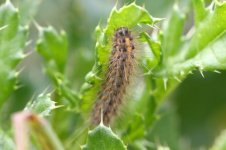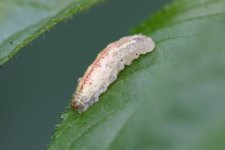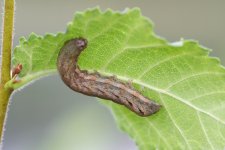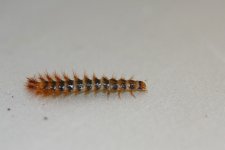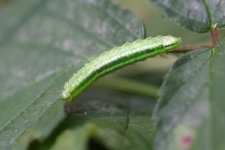Mergus1
the Bavarian Birder
Hey guys,
still got some caters´ left from last year. Anybody gots a clue about them?
I´ll give the date here (might be useful ):
):
Pic1: 28 July
Pic2: 04 August
Pic3: 15 July
Pic4: 17 July
Pic5: 19 July
Any help appreciated :t:
still got some caters´ left from last year. Anybody gots a clue about them?
I´ll give the date here (might be useful
Pic1: 28 July
Pic2: 04 August
Pic3: 15 July
Pic4: 17 July
Pic5: 19 July
Any help appreciated :t:




